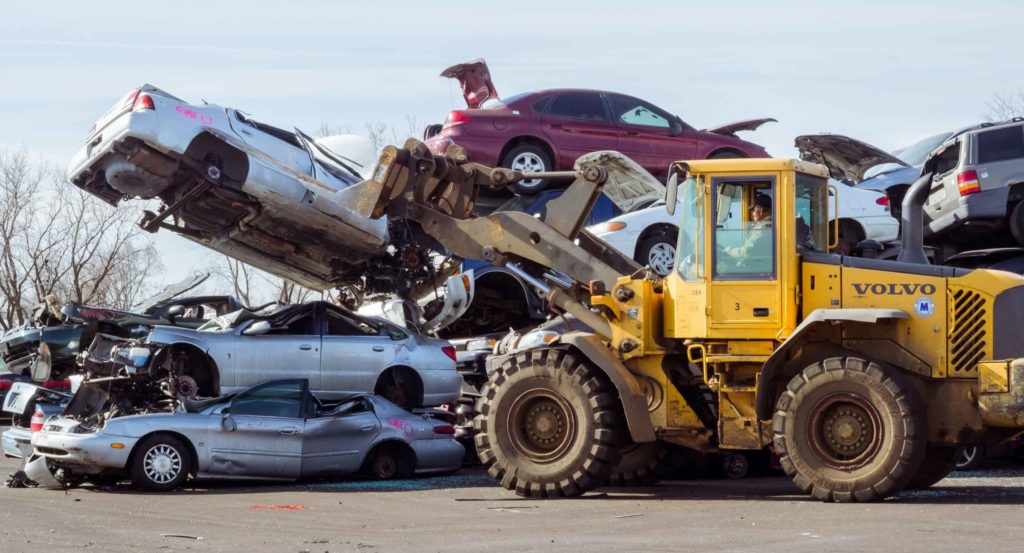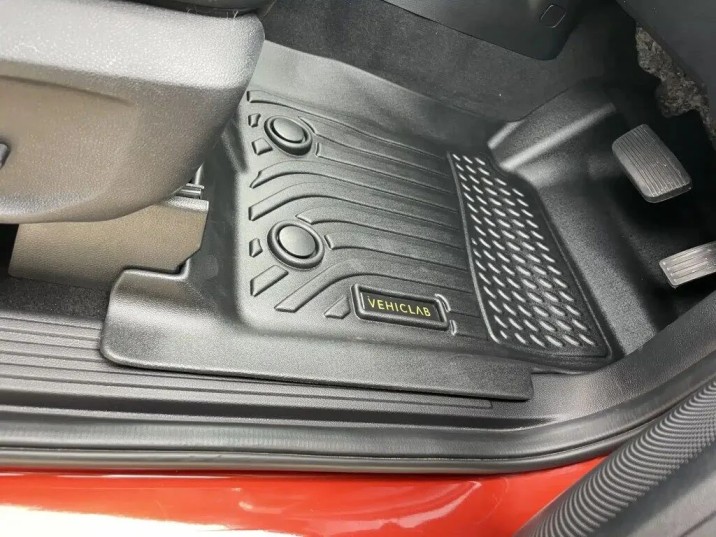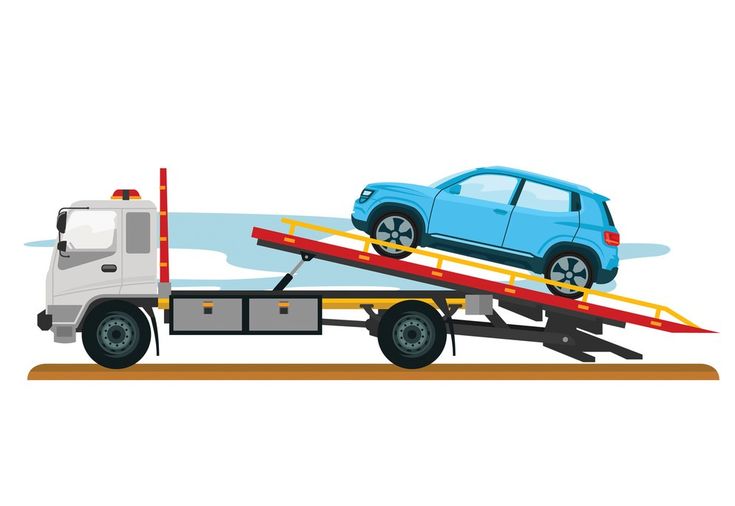Selling an old or damaged vehicle for cash is a common option when a car is no longer fit for regular use. What many people do not realise is that once a car is sold for this purpose, it often becomes part of a much larger process known as car recycling. This method plays an important part in the automotive and environmental landscape in Australia.
Car recycling is not only about scrapping metal. It involves the recovery of useful parts, proper disposal of hazardous materials, and reusing items that can still serve a purpose. This helps to reduce waste and lessen the strain on landfills and mining operations.
In this article, we will explore how car recycling works when a vehicle is sold for cash, and why this process matters more than most people think.
What Is Car Recycling?
Car recycling refers to the process of breaking down an old or unwanted vehicle and sorting its components for reuse, resale, or safe disposal. The process includes dismantling the car, draining fluids, removing reusable parts, and processing scrap metal.
According to the Australian Bureau of Statistics, there were over 20 million registered vehicles in the country by the end of 2023. With this number growing each year, recycling cars helps to manage waste in a responsible way.
Vehicles are among the most recycled consumer products in Australia. On average, about 80 to 90 percent of a car’s materials can be reused or recovered.
To find out more about how unwanted vehicles are collected and paid for in the Darwin area, visit https://pscarremoval.com.au/we-buy-cars-darwin/.
What Happens to a Car After It Is Sold for Cash?
When you sell a car for cash, especially if it is damaged, no longer registered, or not roadworthy, it usually ends up at a car recycling facility. Here is how the process typically unfolds:
1. Transport and Inspection
After you hand over your car, it is taken to a dismantling yard. There, a specialist inspects the vehicle to identify reusable parts and materials. These might include:
-
Engine and gearbox
-
Alternators and starters
-
Tyres and rims
-
Doors, windows, mirrors
-
Interior components like seats and dashboards
Parts in working condition are often cleaned and sold to mechanics or private buyers who need replacements.
2. Draining Fluids
Before the car can be broken down further, all fluids need to be removed. This includes:
-
Oil
-
Brake fluid
-
Transmission fluid
-
Coolant
-
Petrol or diesel
These fluids are collected and stored safely to prevent soil and water contamination. Some of them can be recycled, while others are disposed of under strict environmental guidelines.
3. Dismantling and Sorting
The next stage involves taking the vehicle apart. This includes separating plastic components, metals, glass, and electronic systems. Recyclers sort the materials so that they can be processed accordingly.
Steel, which makes up the bulk of a car’s frame, is melted down and reused in construction and manufacturing. Aluminium, copper, and other valuable metals are also recovered during this stage.
4. Shredding and Processing
What remains after useful parts and fluids are removed is often sent to a shredder. The shredded material goes through a separation process using magnets and other machinery to extract different types of metal.
By this point, the car has been completely broken down, and its parts are either sold, reused, or recycled into new materials.
Why Car Recycling Matters in Australia
Australia has strong environmental regulations that promote the proper disposal of vehicles. Recycling cars helps reduce the number of abandoned or illegally dumped vehicles, which can cause environmental harm.
In 2022, it was reported that over 700,000 vehicles were removed from registration records. Many of these vehicles were either recycled or dismantled for scrap. Car recycling supports jobs in dismantling yards, metal processing plants, and second-hand parts markets.
Recycling also helps reduce greenhouse gas emissions by lowering the need to produce raw materials like steel from scratch.
How This Process Helps Vehicle Owners
When someone chooses to sell their car for cash, they may simply want to get rid of a vehicle that is no longer useful. But the recycling process ensures that their old car does not just go to waste.
The parts that still work are given a new life, which supports the needs of other vehicle owners and mechanics. Scrap metal from cars also reduces demand on mining and supports the circular economy.
So even though the car is no longer driveable, its materials continue to have purpose.
Linking Car Recycling With Local Services
Car recycling is not just a large-scale process that happens in industrial areas. It also connects with local services across Australia. In places like Darwin, for example, vehicle removal is common due to the high number of ageing vehicles in remote and suburban regions.
A service that offers cash for scrap cars in Darwin can help with the pickup and removal of unwanted vehicles. These vehicles then enter the recycling process, which includes sorting parts, draining fluids, and processing scrap metal. This makes the sale worthwhile for the owner while also contributing to responsible disposal. Services like these form a practical link between the car owner and the recycling network without adding unnecessary steps or delays.
Things to Keep in Mind Before Selling Your Car
Before you sell your vehicle for recycling, you should prepare a few things:
-
Remove your personal belongings
-
Check the car for documents or keys
-
Cancel the registration and return the number plates
-
Keep a record of the transaction, including any payment receipt
Although these steps may vary slightly by state or territory, they are usually required for legal and safety reasons.
Also, do not forget to inform your insurer if the car was still under cover.
Final Words
Car recycling is a major part of what happens after a vehicle is sold for cash. It is not just about removing a damaged car from your driveway — it is about making use of what remains in a way that supports both the environment and the local economy.
When you sell a car that is no longer roadworthy, you are helping reduce waste, support the second-hand parts industry, and keep unwanted materials out of landfills.
The process may seem simple from the outside, but it carries a long-lasting impact that goes well beyond the sale itself.






